If you would like to learn more about the process of designing and developing Happy Ocean, please visit my
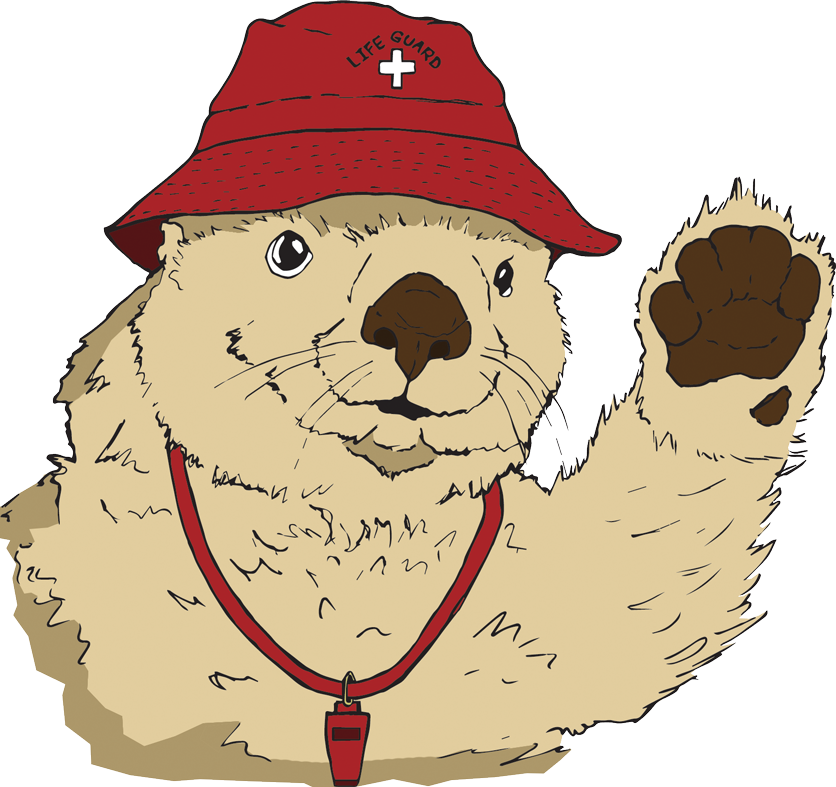
Santiago Needs Your Help!
Santiago Pescado wants to swim home to his reef, but he can't find his way with all these microplastics polluting the water. Plastic never fully biodegrades. Instead, it photodegrades, breaking into tiny particles under UV light. These particles are called microplastics. They range in size from five millimeters (about the size of a grain of rice) down to the microscopic level. There are five types, and they each come from plastic products that we use every day. Click or tap on the screen to use the net to scoop up the gunk in the water and learn more about microplastics.
To play again, click or tap on the logo!
A happy ocean is a clean ocean!
Awesome!
You scooped up all those icky microplastics and helped Sergeant Major find his way home! Good job! It's predicted that by 2050 there will be more plastic than fish in the ocean, so let's act now to keep our oceans plastic free!
Click or tap on the arrow to continue to the next scene, or use the map to choose a new location!

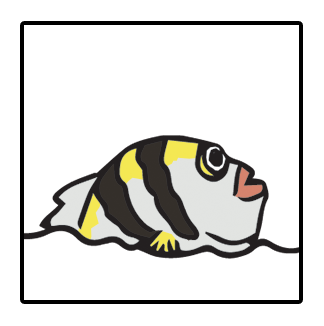
IDENTIFICATION CARD
Name: Santiago Pescado
Height: 7.6 in.
Weight: 6 oz.
Address: 88 Cabo San Lucas, Apt. #5
Pollution Threat: microplastics
Favorite Activity: skateboarding
Favorite Food: zooplankton stew

Panamic Sergeant Major
Scientific name: Abudefduf troschelii
Habitat: Reefs in the Atlantic and Pacific Oceans near Mexico
Diet: plankton, algae, small crustaceans
Lifespan: unknown
Conservation Status: Least Concern
Threats from Ocean Plastics
The primary threat to fish like the Panamic Sergeant Major is microplastics. Fish ingest tiny plastic fragments and synthetic fibers thinking they are food. Not only do ocean fish consume plastic as food, but the smallest of particles enter their gills, and as a result, the plastic can take up to six times as long to exit their bodies. Plastic isn’t fish food, but it’s quickly becoming their main meal. Hopefully, it won’t be their last.
Fun Fact
Male Sergeant Major fish guard eggs for about a week and turn blue while they wait for them to hatch!
Learn more about ocean fish

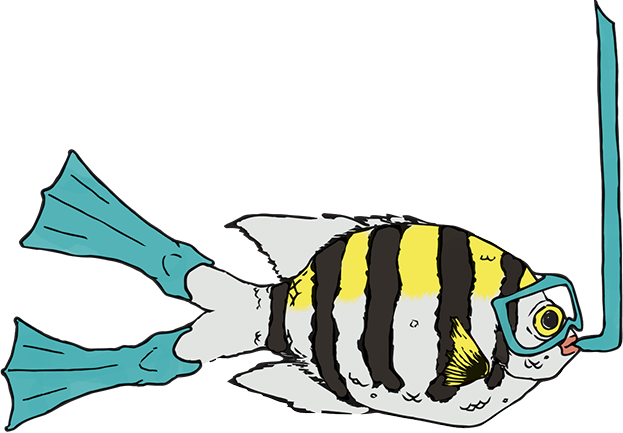
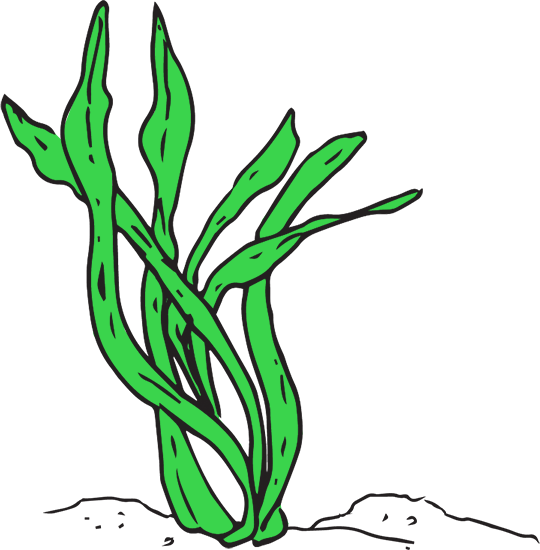
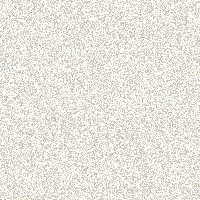
Toxic Chemicals from Plastics
Plastic waste contains chemical additives such as pigments, flame retardants, and UV stabilizers, as well as trace elements left over from the plastic production process, such as vinyl chloride and BPA. These chemicals leach out over time into the water and are toxic to animals like the Panamic Sergeant Major fish who absorb them into their bodies by “breathing” them in through their gills.
Exposure to these toxic chemicals has shown to disrupt reproduction rates in fish.

Microbeads
Microbeads are tiny spheres of plastic less than 1mm in diameter. You can find them in numerous cosmetic products such as toothpaste, exfoliating soap, and facial cleansers. A single tube of toothpaste might have up to 300,000 microbeads. Because of their small size, they are easily ingested by fish and other ocean animals. Microbeads have been determined to be toxic and will be banned in the US and Canada in 2019.
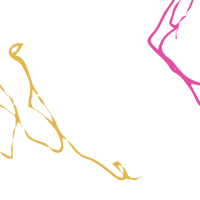
Microfibers
Microfibers, which are shed from synthetic clothing, are the most common type of microplastic. Like most microplastics, they are too small to be filtered out of water treatment plants and end up in the ocean. They have also been found in our drinking water, salt, beer, and honey. Innovations such as garment bags that trap microfibers in the wash and improved filtration systems can help prevent microfibers from taking over our water.
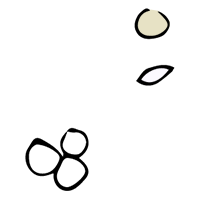
Nurdles
Nurdles are small pellets of plastic (about the size of a lentil) that are melted down to create plastic products. Cargo spills and mishandling can introduce nurdles into the ocean where they are mistaken for food by marine animals like Panamic Sergeant Major fish.

Plastic Fragments
Plastic fragments are pieces of plastic that have broken off from or have been eroded by the sun and water from larger items. Like all microplastics, plastic fragments can be accidentally eaten by fish because they resemble food. Additionally, toxic chemicals like the pesticide DDT often cling to plastic fragments in the ocean, making them bite-size pieces of concentrated poison.
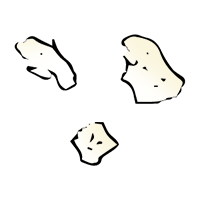
Styrofoam
Styrofoam is used to make disposable coffee cups, food containers, packing materials, and more. The chemicals in Styrofoam can be released into the water and can cause damage. Styrofoam breaks down into very small particles, which can be easily ingested by marine animals. Styrofoam can interact with mercury in the environment and the two can become bound together. When fish or other ocean life eat Styrofoam, they might also be consuming mercury and end up poisoned as a result.
